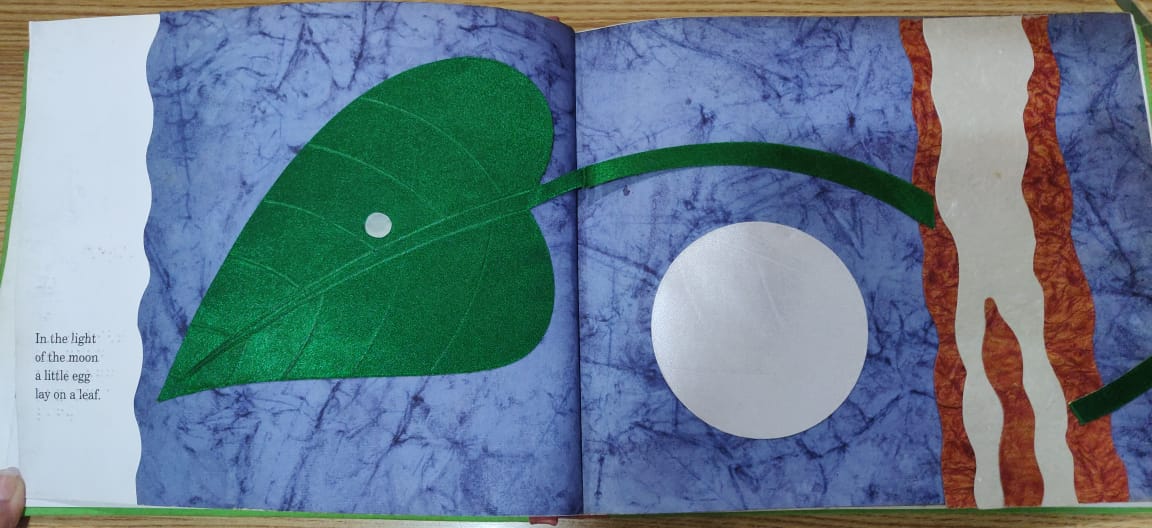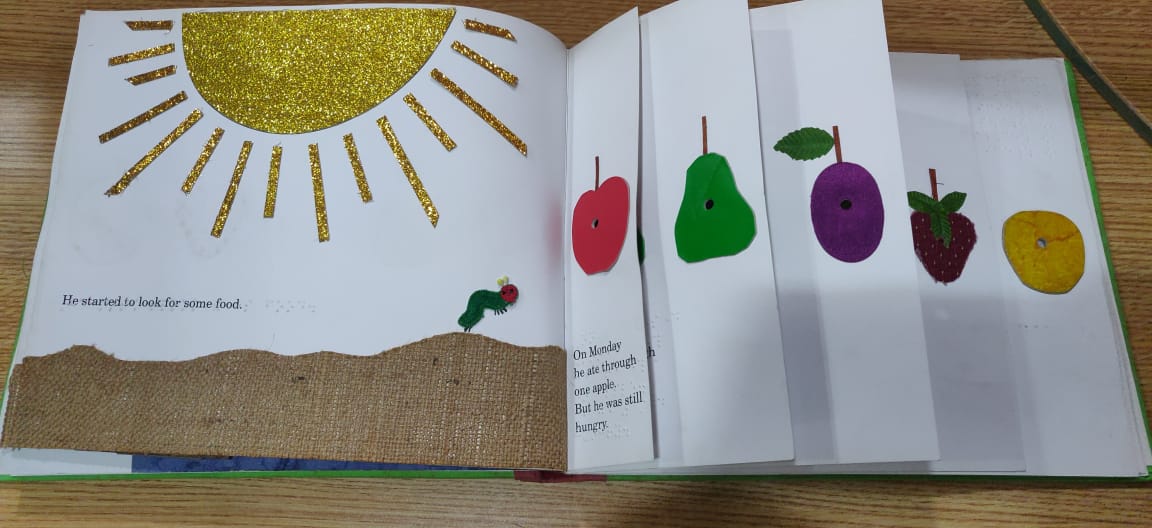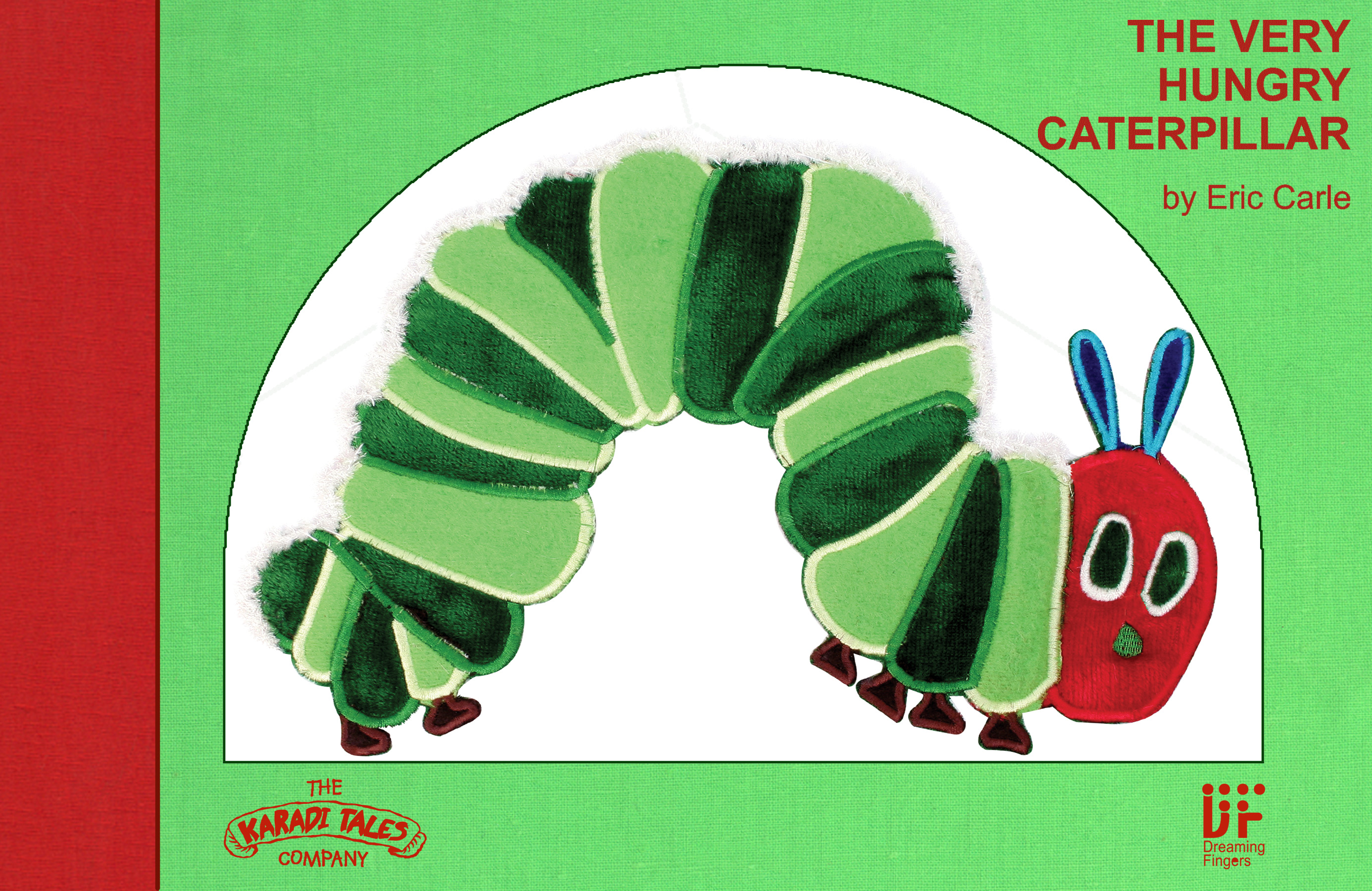The Very Hungry Caterpillar also simplifies one of nature’s most fascinating processes for children to understand: metamorphosis. From the moment he hatches out of his egg, all the caterpillar thinks about is food; he only stops being hungry when he decides it’s time to start building his cocoon. This inclusion informs children that to grow, one needs to eat well—and eat the right things in the right amounts. On Saturday, the caterpillar eats a variety of foods which give him a stomach ache. He only feels better when he eats a leaf on Sunday, the kind of food he’s meant to eat.
Eric Carle’s The Very Hungry Caterpillar is an incredibly well-known children’s book, having sold over 50 million copies worldwide – not surprising, considering the vibrant and multi-dimensional experience it provides children. It follows the story of a newborn caterpillar and his metamorphosis, before which he needs to eat as much as he can.


The book is notable for the various concepts to which it introduces children. Toddlers learn the days of the week as the caterpillar eats something different each day, from one Sunday to the next. They also learn to identify each food item the caterpillar works his way through—from fruit to meat to confectionaries, this voracious insect eats it all. The child learns to count the fruits he eats as well. If, on Monday, the caterpillar eats an apple, on Tuesday it eats two pears, and so on. Such concepts are worked into the story seamlessly, so it doesn’t feel like ‘learning’ at all.

The Braille text, in the tactile version of the book by Karadi Tales, is supplemented with die-cut pages and collages of various materials. These elements enable visually-impaired readers to enjoy the book by feeling the textures and outlines of the artwork, transforming the caterpillar’s journey into a tangible, sensory adventure.
As of 2019, The Very Hungry Caterpillar celebrates its fiftieth year in print and has reportedly sold 1.7 copies a minute, a fact that stands as a testament to its enduring appeal.





